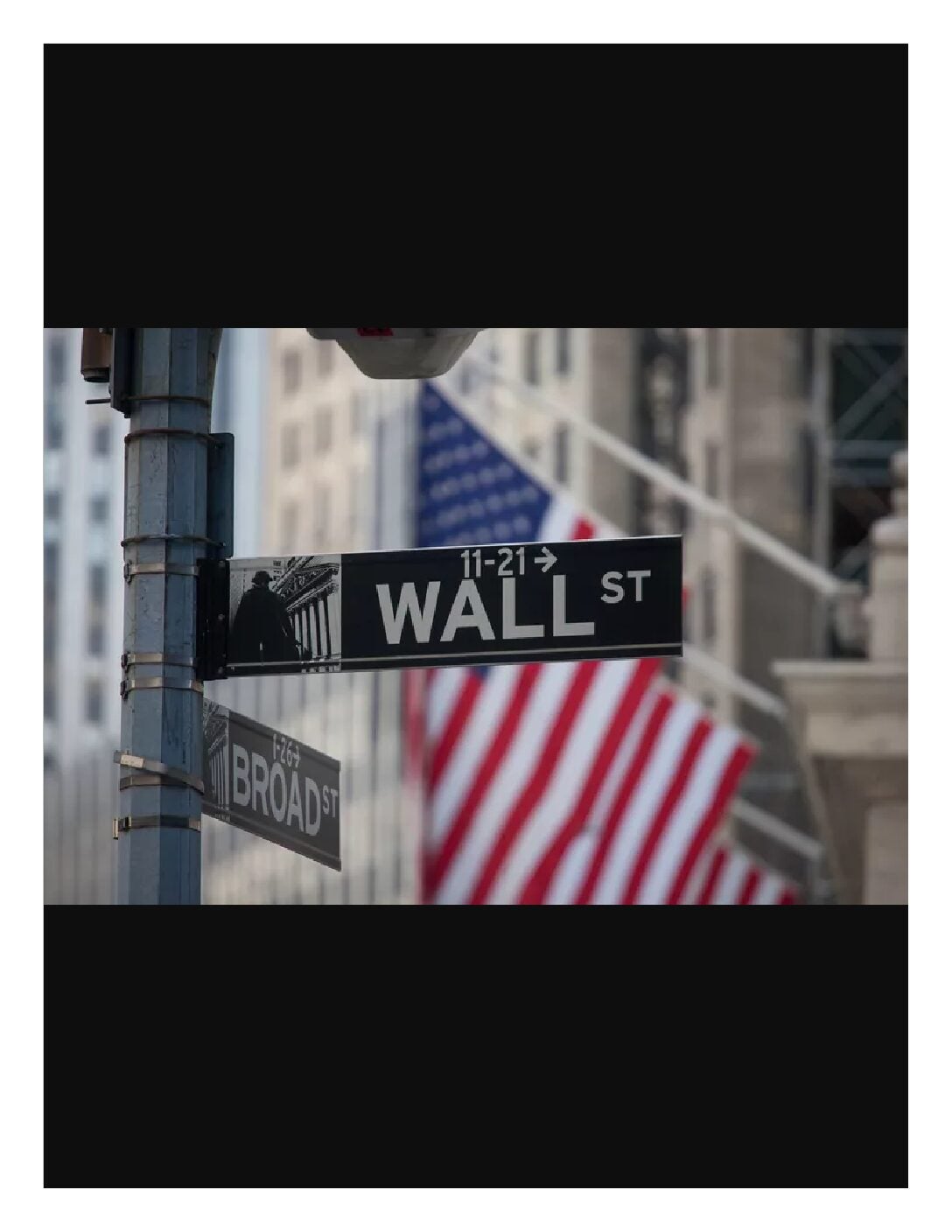Written by Max Brzozowski
The stock market killed it first, but now the SEC has picked up a shovel and buried SPACs for good. On Wednesday January 24th, the Securities Exchange Commission (SEC) announced the adoption of new regulations regarding Special Purpose Acquisition Companies, commonly known as SPACs. These shell companies climbed to a mountainous peak in 2020 and 2021, grossing nearly $250 billion in deals (WSJ). Public investors have been bullish on these 846 companies during this two-year run before turning the cold shoulder in 2022-2023 with a 93.2% drop in funding. Although public sentiment on SPACs turned sour over a year ago, the recently announced SEC regulations seek to reel in this capital-raising strategy on the grounds of investor protection. This analysis will take a look at the anatomy of a SPAC, the performance of notable SPACs and the regulatory needs surrounding these funds.
Beginning as an innovative circumvention to the traditional Initial Public Offering (IPO), regulatory loopholes were the founding principle of SPACs. Before the rise of SPACs, any company aiming to go public would hire a bank to underwrite their first round of public stock via an IPO. The basic purpose of a SPAC is to serve as an alternative vehicle for a privately held company to become publicly traded. A SPAC’s life cycle begins with the IPO of a shell company. Every SPAC reaches an IPO share price of $10 to fund their merger with the target company. It is through the merger of this newly created publicly traded shell company (the SPAC) and the targeted private company that allows the private company to become market-accessible. Once the publicly traded SPAC has merged with the private company, the SPAC dissolves and leaves the former private company to be the sole company available on the public market under a new ticker. Theoretically, this strategy allows for the private company to receive vital capital quicker than an IPO with less fees and occasionally a higher valuation.
At the onset, the SPAC would appear to be the future of mergers and acquisitions. Its framework allows for the shell company to essentially absorb the risks and complications of an IPO for its future target company. The benefits of going public via a SPAC versus an IPO are generated by the loose regulations for SPAC mergers. Taking the SPAC route appealed especially to younger companies that are hungry for much needed capital but are still in pre-revenue stages. This is due in part to the latitude that SPAC mergers afford the target company in its valuation. In the regulatory gaps of SPAC mergers, the target company is allowed to present comparably stronger forward-looking projections through the permissible use of pro forma calculations.
Although not included in GAAP standards, the pro forma style of calculation in financial statements provides leeway in projections and reporting for new companies. For example, a new company could use pro forma principles to project revenue based on very favorable assumptions surrounding the launch of a product that it might be planning to release. This system is clearly advantageous for a young company to be afforded this forward-looking valuation of what the company will grow to rather than its non-existent historical performance. The IPO process, when viewed as an alternative option to the SPAC merger, is comparatively demanding in the areas of reporting and costs. For the majority of new companies that are looking to grow or die and need new capital, the SPAC route clearly presented the best road to public capital.
To understand the rise of SPACs in M&A, notable successful SPAC mergers to consider are the DraftKings and QuantumScape. In the case of DraftKings, the sports betting company was brought public through a merger with Diamond Eagle Acquisition Group on April 24th, 2020. Diamond Eagle was able to raise roughly $350 million in capital when it released an IPO and reached its target share price of $10/share. After deploying its $350M in capital to merge with DraftKings, Diamond Eagle dissolved, leaving DraftKings (DKNG) to grow 339% in share value to 43.88 as of Feb. 13, 2024. The second case-study of SPAC success, QuantumScape, is a lithium battery company that received several sources of invested capital. QuantumScape was brought public through its merger with the SPAC Kensington Capital Acquisition Corp. in which it was awarded a $3.3 billion enterprise valuation. However, the deal becomes more interesting with the $1 billion joint investment from Volkswagen and the Qatar Investment Agency. The newly listed QS stock allowed QuantumScape the opportunity to reach its $131 peak share price in 2021.
The strengths of the SPAC, however, quickly grew into its weaknesses. As mentioned earlier, going public via SPAC afforded companies latitude in projections and reporting. This latitude in reporting would quickly grow into latitude for fraud in many cases for bullish SPACs. In instances such as the merger of Stable Road Acquisition Company and Momentus Inc. Momentus Inc. planned to go public via merger with Stable Road at a valuation of approximately $1.2 billion. The failures of the SPAC model were underscored by the absence of due diligence and inflation in the lofty valuation. Momentus had claimed, and Stable Road endorsed this claim, that its space propulsion technology had cleared testing. In reality, however, the technology had failed several times. In July 2021, the SEC filed formal charges against both the SPAC and target company for their roles in misleading the shareholders and negligence in public filings. The deal had raised over $175 million from shareholders for this merger.
So how does the SEC plan to clean up the SPAC scene? Per chairman Gary Gensler, the commission’s new rules and amendments will enhance investor protection in a multi-layered approach. The new rules will tighten regulations around projections in a SPAC merger, most likely targeting the pro forma valuations. Secondly, the new rules will enhance disclosure and obligation standards in these transactions so as to avoid catastrophes in reporting such as the Momentus merger.
The outlook on the future of SPACs is uncertain, as of February 13, 2024, there have been 26 IPOs in the US. Of those 26, only 3 have been Special Purpose Acquisition Companies. This ratio compares to the 631 SPACs that released IPOs out of 2021’s 1035 total IPOs. There are several ways to read into these figures, some may consider it a brief pause in the creation of SPACs to assess the SEC’s new regulations. Others may view it as the new status quo for SPACs with the threat of new regulations serving as a filter to illegitimate funds. One thing is certain, though, that the SPAC-mania of 2020-2022 is dead.
References
Brenneman, Adam. (2021, August 6). SEC Brings Enforcement Action and Signals More to Come. Harvard Law School Forum on Corporate Governance. SEC Brings SPAC Enforcement Action and Signals More to Come (harvard.edu)
Corporate Fact Sheet (2020, November). QuantumScape Investor Relations. QS-Fact-Sheet-Nov-2020.pdf (3mscape.com)
Kiernan, Paul. (2024, January 24). SPAC Mania is Dead. The SEC wants to Keep it That Way. Wall Street Journal. SPAC Mania Is Dead. The SEC Wants to Keep It That Way. – WSJ
Klausner, Michael. (2022). A Sober Look at SPACs. University of Pennsylvania Journal of Business Law. Law Journal Library – HeinOnline.org
Newman, Neil. (2022). Special Purpose Acquisition Companies (SPACS) and the SEC. University of Pennsylvania Journal of Business Law. Law Journal Library – HeinOnline.org
Rossanov, Nikolai. (2021, May 4). Why SPACs are Booming. Knowledge at Wharton: University of Pennsylvania. Why SPACs Are Booming – Knowledge at Wharton (upenn.edu)
Renaissance Capital. (2020, April 24). DraftKings lists on the Nasdaq following SPAC merger; up more than 5% in early trading. Nasdaq News and Insight. DraftKings lists on the Nasdaq following SPAC merger; up more than 5% in early trading | Nasdaq
SEC Adopts Rules to Enhance Investor Protections Relating to SPACs, Shell Companies, and Projections. (2024, January 24). Securities Exchange Commission.SEC.gov | SEC Adopts Rules to Enhance Investor Protections Relating to SPACs, Shell Companies, and Projections


